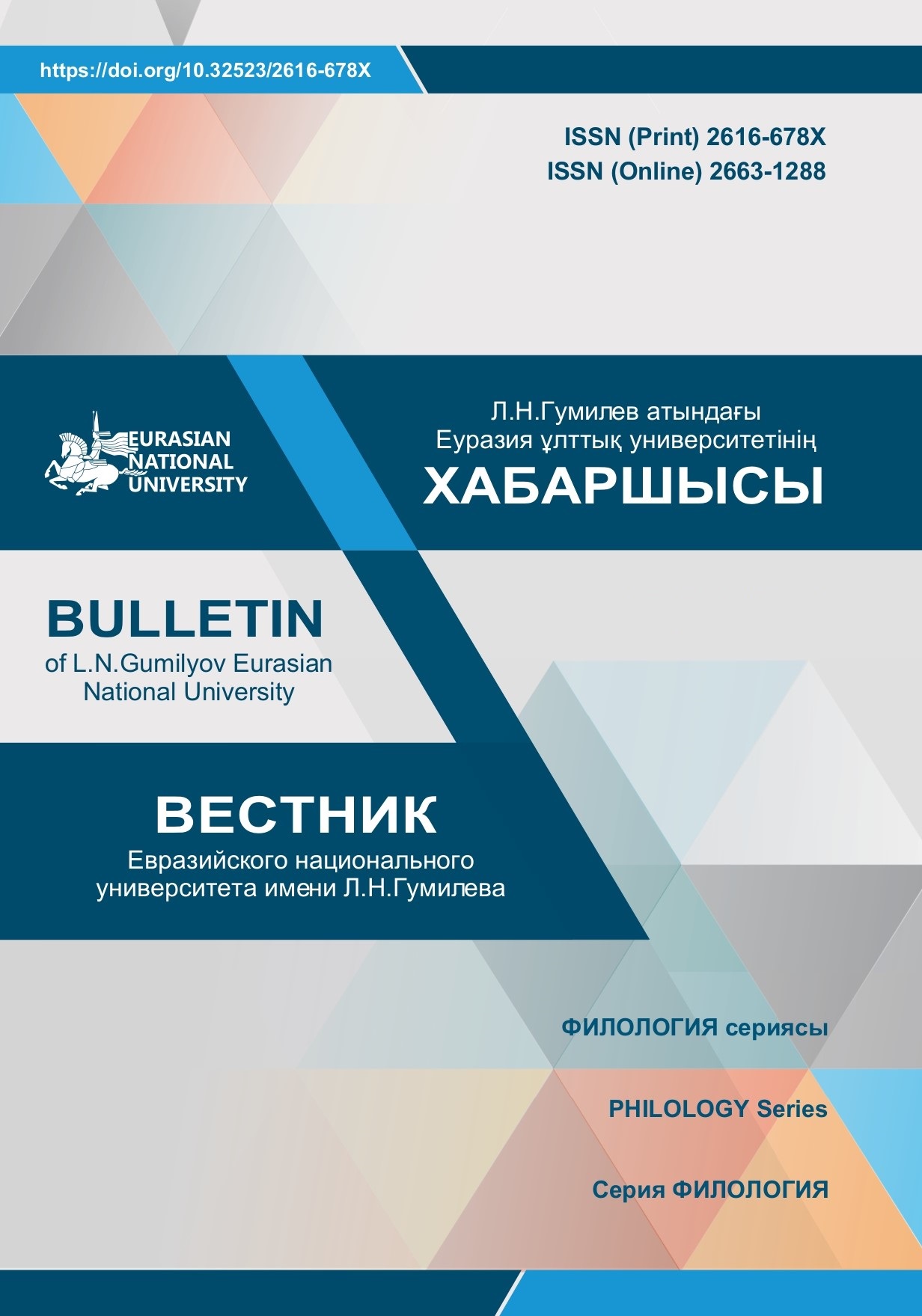Linguistic interpretation of contemporary historical films (on the film Keiki Batyr)
Views: 200 / PDF downloads: 193
DOI:
https://doi.org/10.32523/2616-678X-2023-143-2-69-78Keywords:
cinema language, audience perception, interpretation, communication, semiotics, post-theory, Keiki BatyrAbstract
The correctness of the concept of “cinema language” is called into question as
the most common designation of specific cinematographic techniques, which resulted in the
formation of certain spectator attitudes towards a film. The authors determined the three main
meanings of the word “cinema language” and traced their formation on the material of classical
and modern film theory. The main film theoretical approaches that focused on the search for
analogies between film and language (linguistic, semiotic), are presented. Moreover an example
of their main provisions from the movie Keiki Batyr is given on the material of the modern
Kazakh film philosophy and a conclusion about its theoretical consistency is made.
Possible directions of the film-theoretical movement on the other side of linguistic analogies are
outlined. It is recommended to pay attention to those techniques of film, that fundamentally
do not have the function of designation; an example of minimal cinematographic elements
related to the audiovisual field of the film itself is provided; for further discussion, the authors
proposed a thesis about changing the viewer’s attitude from an interpretive “understanding”
to a sensory “encounter” when watching.
The necessity of continuing theoretical work is emphasized, this might be possible due to the
abandonment of linguistic analogies and the interpretive position of the theorist and the viewer,
as a result it will be possible to direct to the conversation about the autonomous mode of film
existence.







